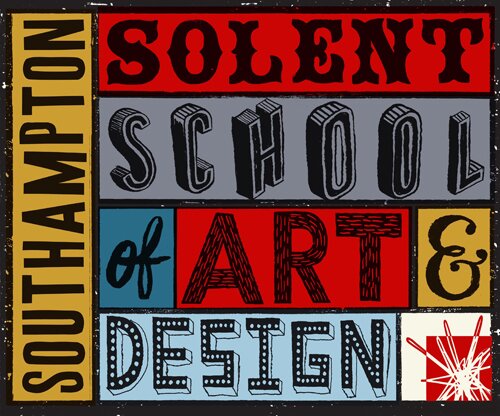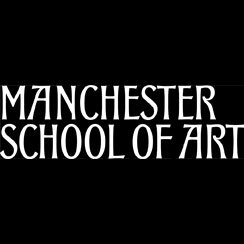
Jim Walker
University for the Creative Arts
Jim Walker is Lecturer in Visual Theory for Illustration at the University for the Creative Arts and Associate Editor of the Journal for Illustration. He was Teaching Fellow in Animation at University for the Creative Arts where he managed the Animation Archive, which included the work of Halas and Batchelor Studios and Bob Godfrey Films. His research interest includes areas of propaganda, illustration, visual culture, terror and trauma, visual narrative and animation. He has written and presented talks, screenings and exhibitions on animation, comics and illustration, nationally and internationally. His most recent publication is on the illustrative work of British animator Joy Batchelor.
Abstract:
Illustrative displacements: Para-textual explorations of the optical imagination
The following paper proposes that the illustrator functions as an explorer who navigates between different narrative and para-textual worlds (Genette 1991). In particular that the paratextual experience of illustrated narrative texts provokes an illustrative displacement that disconnects the reader/viewer from the text. (Bredehoft 2014) In particular when the illustrator is geographical displaced from their own culture and associated “scopic regime” (Jay 1994) they draw upon preexisting schemas and knowledge bases; as illustrated by Gombrich (1960) in his discussion on early illustrations of rhinoceros. Umberto Eco states that ‘when faced with an unknown phenomenon, we react by approximation: we seek that scrap of content, already present in our encyclopedia, which for better or worse seems to account for the new fact.’ (Eco 1999:57) Eco builds his argument around the platypus an animal that even with illustrations and physical specimens seem unimaginable to Europeans.
The unknown/unseen is dependent on references drawn from preexisting knowledge. As such its visualization is a manifestation of a hybrid one composed of many fragments that provokes multi-paratextual readings. Mary Warnock drawing on the writings of Hume and Kant argues that it is “imagination which has emerged as that which enables us to go beyond the bare data of sensation, and to bridge the gap between mere sensation and intelligible thought.” (Warnock 1976:34) Lynton Lamb’s (1959) criticism of Edward Ardizzone is in part due to a perception that the illustrator draws from their imagination not from direct observation of nature and the natural world. However this is perhaps a mis-interpretation of what occurs in part it is argued that the illustrator draws upon a schema of existing knowledge that is informed by conflicting cultural scopic regimes mediated by the optical imagination of the illustrator and viewer.
References
Bredehoft, Thomas A., (2014) The Visible Text: Textual Production and Reproductio from Bewulf to Maus Oxford: Oxford University Press
Eco: Umberto (1999) Kant and the Platypus: Essays on Language and Cognition London: Secker & Warburg
Gombrich, E.H., (1960 rp.1991) Art and Illusion Oxford: Phaidon
Jay, Martin (1994) Downcast Eyes: The Denigration of Vision in Twentieth-Century French Thought Berkeley; Los Angeles: University of California Press
Lamb, Lynton, “The True Illustrator”, Motif A Journal of the Visual Arts No.2 February 1959 pp.70-76
Warnock, Mary (1976) Imagination London: Faber and Faber







